Virtual St Kilda
Although it took me three attempts, I have been lucky enough to visit St Kilda before. This archipelago, the remotest part of the British Isles lying 41 miles west of Benbecula, has been in the news again recently. Archaeologists have uncovered the remains of a permanent settlement on Boreray, which could date back to the Iron Age. It was previously thought Boreray was just visited by the people of Hirta for seasonal hunting of seabirds and gathering wool from feral sheep. A survey team from the National Trust for Scotland (NTS) and Royal Commission on the Ancient and Historical Monuments of Scotland have now recorded an extensive field system and terraces for cultivating crops. They have also found an intact stone building buried under soil and turf. Hirta, the main island of St Kilda, was occupied until 1930 when the last islanders left after they asked to be evacuated because their way of life was no longer sustainable. The NTS said simple tools found on Hirta suggested Bronze Age travellers might have visited St Kilda 4,000 to 5,000 years ago from the Western Isles before people settled at an unknown date. These latest discoveries suggest that Boreray, as well as Hirta, had settlers and could change experts’ understanding of the archipelago’s history.
Earlier in July another team from Historic Scotland and Glasgow School of Art released its first 3D image in a project to digitally laser scan ruins in Village Bay on Hirta. The project called the Scottish Ten is recording all five of Scotland’s UNESCO World Heritage sites and five others around the world. It could see the development of virtual tourism coming to St Kilda following concerns that too many visitors could damage the environment. However, the NTS in their recent draft management plan for the islands acknowledge climate change and coastal erosion pose the biggest threats to archaeological sites. The abandoned buildings, including the feather store and numerous cleits, small stone structures used for drying seabirds as well as storing oats and peat, are at risk. Warming sea temperatures also impact marine life, such as plankton, and everything else up the food chain to fish species that the vast seabird colonies of St Kilda depend upon.
For those who missed it, check out the St Kilda Opera, a major international co-production performed in 2007 at five European venues simultaneously, linked by live satellite to St Kilda and webcast live on the BBC. Also on YouTube
http://www.youtube.com/watch?v=Hm10Bx-3KfA & http://www.youtube.com/watch?v=8N1EWIGHV9Y
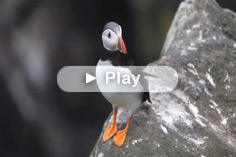

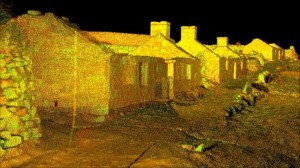

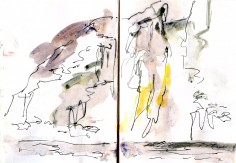
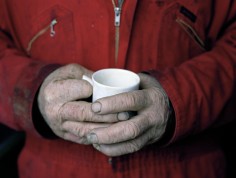
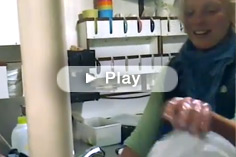
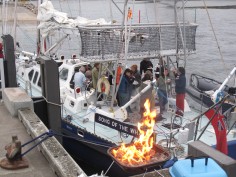

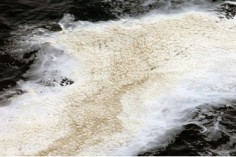
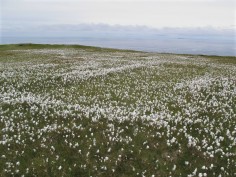

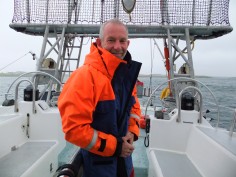








No Comments